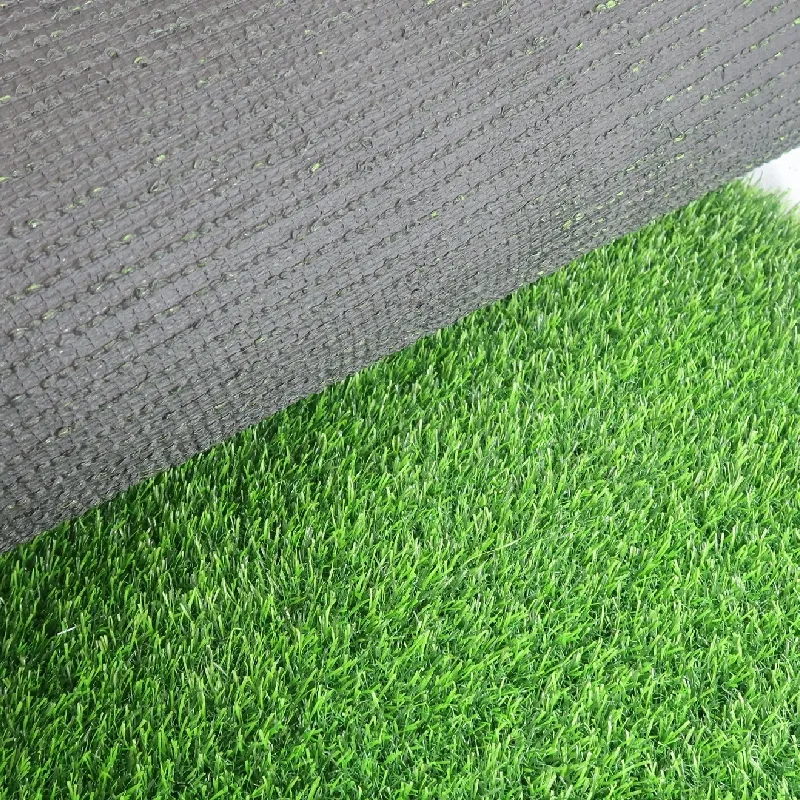
- Afrikaans
- Arabic
- Belarusian
- Bengali
- Czech
- Danish
- Dutch
- English
- Esperanto
- Estonian
- Finnish
- French
- German
- Greek
- Hindi
- Hungarian
- Icelandic
- Indonesian
- irish
- Italian
- Japanese
- kazakh
- Rwandese
- Korean
- Kyrgyz
- Lao
- Latin
- Latvian
- Malay
- Mongolian
- Myanmar
- Norwegian
- Persian
- Polish
- Portuguese
- Romanian
- Russian
- Serbian
- Spanish
- Swedish
- Tagalog
- Tajik
- Thai
- Turkish
- Turkmen
- Ukrainian
- Urdu
- Uighur
- Uzbek
- Vietnamese
artificial grass and dogs heat
Nov . 30, 2024 01:53 Back to list
The Pros and Cons of Artificial Grass for Dog Owners in Hot Weather
As the temperatures rise during the summer months, dog owners often find themselves grappling with the choice between natural grass and artificial turf for their furry friends. While artificial grass can provide a green oasis year-round, it's essential to weigh its advantages and disadvantages, particularly regarding its interaction with dogs in hot weather.
Benefits of Artificial Grass for Dogs
One of the biggest advantages of artificial grass is its low maintenance compared to natural grass. Dog owners can enjoy a lush green lawn without the need for constant watering, mowing, or treating with chemicals. For those with busy lifestyles, this can be a considerable benefit. Moreover, artificial grass is durable and can withstand heavy foot traffic, making it an excellent choice for energetic dogs that love to run and play.
Another significant benefit is hygiene. Real grass can harbor pests like fleas and ticks, as well as bacteria from dog waste, which can be challenging to manage. In contrast, artificial grass is generally easier to clean. Most types come with drainage systems that allow for water to flow through and help remove waste. A quick rinse or spray with a pet-safe cleaner can keep artificial turf smelling fresh and looking good.
Challenges in Hot Weather
However, there are notable downsides to consider, especially during the heat of the summer. One major concern is the temperature of artificial grass. While natural grass feels cooler underfoot, synthetic turf can absorb and retain heat, making it uncomfortably hot for dogs to walk or lie on. On particularly hot days, temperatures of artificial grass can soar to dangerous levels, potentially leading to paw burns or overheating.
artificial grass and dogs heat

To mitigate this issue, pet owners must be aware of the temperature and take precautions. Providing shaded areas or using sunshades can help keep the play area cooler. It's also wise to regularly check the surface temperature of the turf before allowing dogs to play. Some manufacturers offer specialized cooling grass options, designed to reflect sunlight and reduce heat absorption, which can be a helpful solution for maintaining a safe environment for pets.
Environmental Considerations
Another factor to weigh is the environmental impact of artificial grass. While it requires less water, its production involves petroleum-based products, which raises concerns about sustainability. Furthermore, once the artificial turf reaches the end of its lifespan, disposal can be an issue since it is not biodegradable.
For environmentally conscious pet owners, choosing high-quality, recycled, or eco-friendly artificial grass could alleviate some of these concerns. Additionally, combining artificial turf with natural elements, such as trees for shade or gravel pathways, may provide a balanced approach to outdoor pet care.
Conclusion
Ultimately, the choice between artificial grass and natural grass for dogs, especially during hot weather, involves careful consideration of factors such as safety, maintenance, and environmental impact. While artificial grass can offer a convenient and low-maintenance alternative, it's crucial for dog owners to be vigilant about the potential hazards related to heat. By taking appropriate precautions and choosing suitable products, pet owners can create a safe, enjoyable outdoor environment for their beloved companions, regardless of the weather.
-
The Benefits of Artificial Turf for Indoors
NewsJul.15,2025
-
How Artificial Grass Suppliers Ensure Quality Products
NewsJul.15,2025
-
Artificial Grass and Pets: A Space for Relaxation
NewsJul.08,2025
-
Balcony & Outdoor Decoration with Artificial Grass
NewsJul.08,2025
-
Best Indoor Artificial Grass for Home
NewsJul.07,2025
-
Best Pet Turf for Dogs: Safe & Durable Artificial Grass Options
NewsJul.07,2025
Products categories









